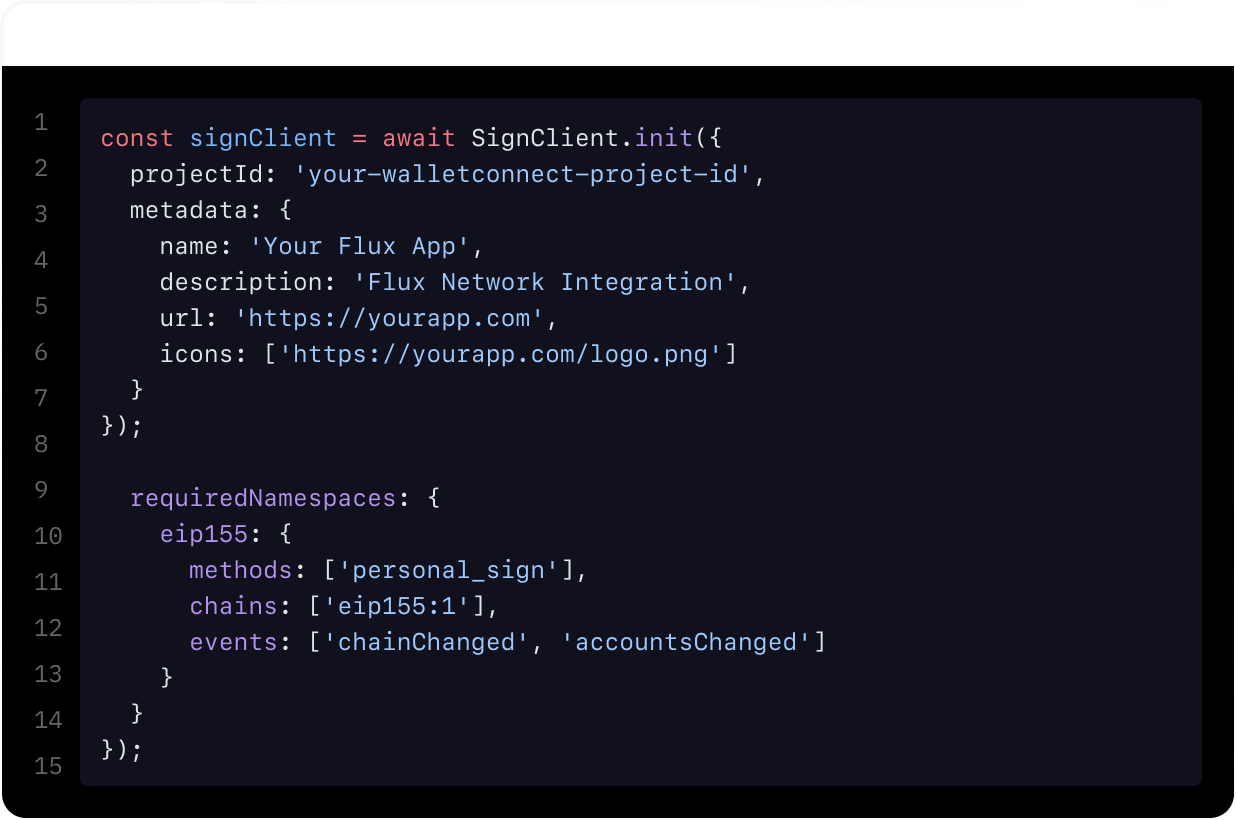
Distributed web3 cloud for running apps
Build and deploy scalable applications on Flux, a global decentralized cloud infrastructure for flexible and censorship-resistant development.
Ensure data sovereignty with decentralized cloud solutions
A computing network with thousands of globally distributed and user-operated nodes powers the Flux decentralized cloud infrastructure.
This network ensures high availability and resilience, eliminating single points of failure while enabling a frictionless transition into Web3.
Next generation of the web: Decentralized, secure, and powered by Flux.


Made for Developers
Distributed Hardware
Independently owned and operated hardware, globally distributed for local and low-latency deployments.
Interoperable
Code agnostic with Docker container deployments and custom integrations with FluxAPI plugins.
Secure Infrastructure
Docker Hub, IPFS, and pre-allocated disk space secured by ArcaneOS for additional layers of Security.


Extensive Docs
Flux streamlines app development through comprehensive documentation.
With in-depth set up guides across every product offering, Flux Docs is a resource that facilitates a smooth developer experience from data to deployment.

Unlimited Scalability
InFlux Technologies leverages a globally distributed computing network where underutilized bandwidth is harnessed by and for users, providing limitless scalability and custom deployment scenarios.
By bridging decentralization and cloud infrastructure, Flux delivers dedicated, commercial-level computing at a fraction of the cost of traditional Web2 cloud providers.

Total Nodes worldwide
CPU Cores
Ram
SSD Disk
Flux Foundation
Community governed and wholly transparent, the Flux Foundation serves as a sustainable growth engine for the ecosystem.
The Foundation receives a fixed portion of block rewards, acting as a consistent revenue stream to fund network growth through yield-generating infrastructure.

Elevate with cutting-edge tech fully managed by our team
Experience fully-managed onboarding with 24/7 developer support from InFlux Technologies. Leverage our innovative tech stack to transform your business into a scalable enterprise, driving growth and operational efficiency.





